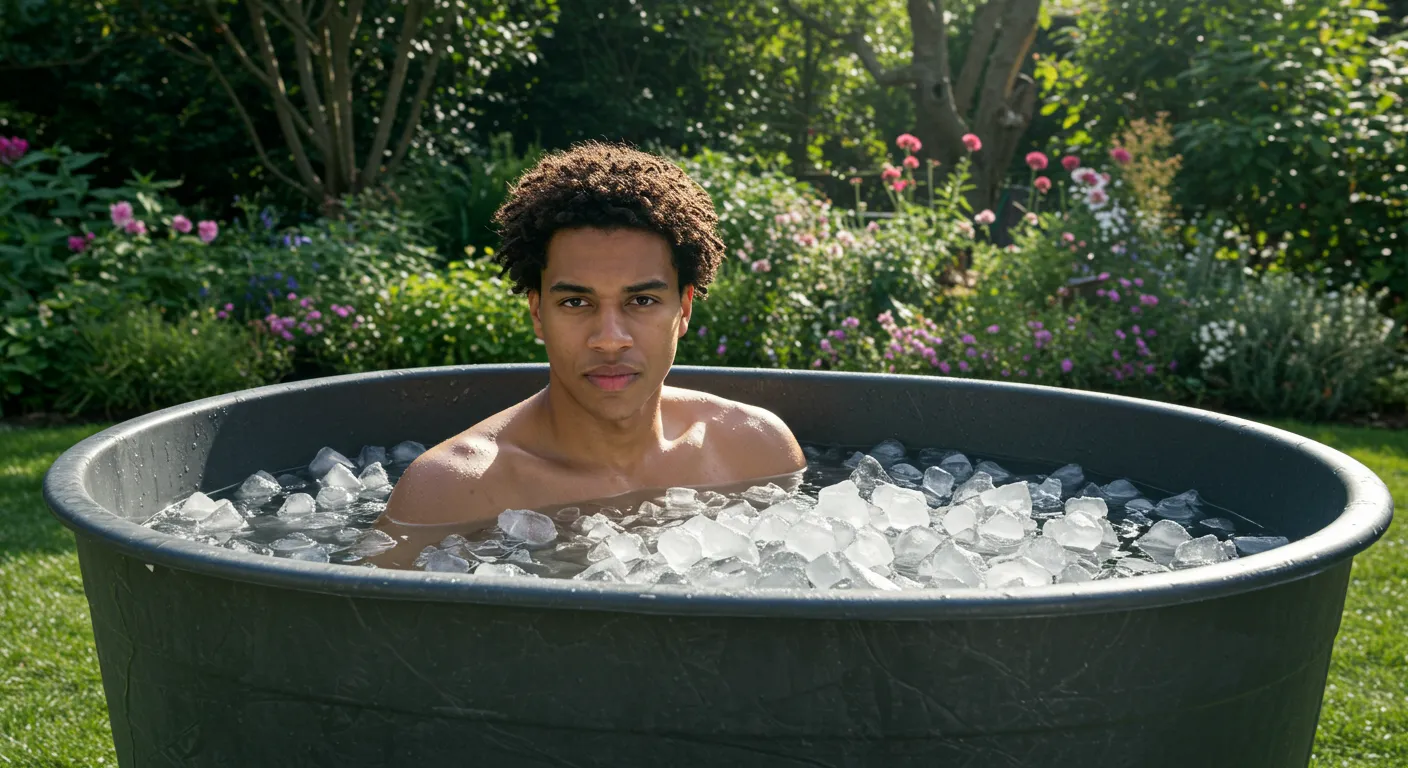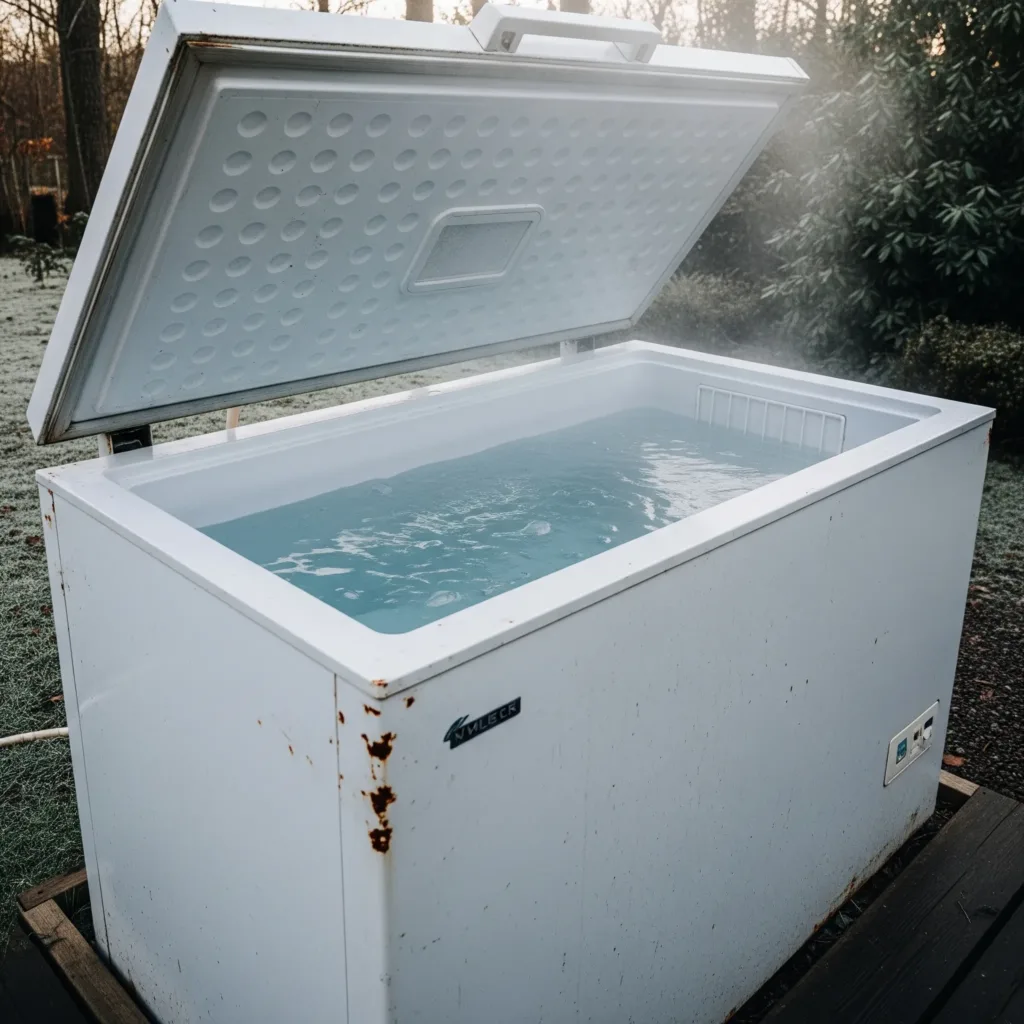How Much Does It Cost to Build a Cold Plunge Tub?

My First Plunge Into Cold Water Therapy
A few months ago, I stumbled into the world of cold water therapy after a grueling marathon left my muscles screaming for relief. Desperate for recovery, I tried a local cryotherapy studio—$60 for three minutes of shivering! While the mental clarity and reduced inflammation were undeniable, the cost added up fast. That’s when I asked: Could I build a cold plunge tub at home for less?
Turns out, I wasn’t alone. Cold plunging has exploded in popularity among athletes and wellness seekers, thanks to benefits like improved circulation, reduced muscle soreness, and even boosted mood. But between DIY setups and luxury pre-built units, the options are overwhelming. In this guide, I’ll break down everything I learned—from budget-friendly stock tanks to high-end fiberglass builds—so you can decide what’s right for your goals, space, and wallet.
Why Build a Cold Plunge Tub? The Science Behind the Chill
How Cold Water Therapy Works
Cold plunges work by triggering controlled hypothermia, which narrows blood vessels (vasoconstriction), reduces inflammation, and floods your system with mood-enhancing norepinephrine (Michael Kummer). Research suggests temperatures between 39°F (4°C) and 59°F (15°C) for 2–15 minutes deliver optimal results. But maintaining that icy range requires more than just a tub of water—it demands insulation, chilling systems, and safety measures.
Key Components of a Functional Cold Plunge:
- A Container: Large enough for full immersion (at least 5’x2’x2’).
- Chilling System: Ice, aquarium chillers, or refrigeration units.
- Filtration: UV lights, ozone generators, or chlorine to combat bacteria.
- Insulation: Foam panels or spray insulation to minimize energy costs.
- Safety Features: GFCI outlets, slip-resistant surfaces, and emergency drains.
DIY Cold Plunge Tub Options: Costs, Pros, and Cons
Method 1: Stock Tank Conversion (Budget-Friendly)
Cost: 800–800–1,500
My Experience: I started with a 100-gallon stock tank from Tractor Supply Co. (110).Pairedwitha1/4HPchiller(110).Pairedwitha1/4HPchiller(568) and a submersible pump ($110), I had a functional plunge in my garage. But in summer, the Texas heat forced me to add ice daily—a messy chore.
Pros:
- Cheapest upfront cost.
- Portable for indoor/outdoor use.
Cons:
- High energy bills ($15/month) due to poor insulation.
- Daily maintenance in warm climates.
Method 2: Retrofitted Chest Freezer (Mid-Range)
Cost: 1,200–1,200–2,800
My Upgrade: Frustrated with my stock tank’s inefficiency during a sweltering summer, I decided to level up with a 7-cu-ft chest freezer ($600). After waterproofing the interior using a rubberized epoxy coating kit ($60) and installing an Inkbird ITC-308 temperature controller ($35) to override the freezer’s thermostat, my setup maintained a rock-solid 39°F without breaking a sweat.
The best part? My electricity bill dropped to just $6 a month thanks to the freezer’s built-in insulation.
But here’s the kicker: At 6’2”, folding myself into that freezer felt like trying to fit into my high school jeans. While it worked for quick plunges, marathon recovery sessions left my legs cramping—proof that size matters!
Pros:
- Energy efficiency slashes operating costs.
- Compact enough for apartment balconies or cramped garages.
Cons:
Requires safety tweaks (e.g., lid locks) to prevent accidental entrapment.
Tight quarters for users over 6’ tall.
Pros:
- Superior insulation slashes energy costs to ~$6/month.
- Compact for small spaces.
Cons:
- Cramped for tall users.
- Safety risks (e.g., lid entrapment) require modifications.

Method 3: Custom Fiberglass Build (Premium DIY)
Cost: 3,500–3,500–5,000
My Dream Project: After months of research, I helped a friend build a spa-worthy fiberglass tub. We used a 1 HP titanium chiller ($1,800) and an ozone generator ($250) for hospital-grade cleanliness. The result? A gorgeous, Instagram-ready plunge—but it required advanced plumbing skills and quarterly filter replacements ($90)
Pros:
- Commercial-grade temperature stability.
- Aesthetic appeal for home gyms.
Cons:
- Steep learning curve for beginners.
- High ongoing costs.
Prefabricated Cold Plunge Systems: Are They Worth It?
Turnkey Solutions
Cost: 4,000–4,000–12,000
Brands like The Plunge (4,995)and∗∗MorozkoForge∗∗(4,995)and∗∗MorozkoForge∗∗(8,900) offer sleek, self-sanitizing units with warranties. I tested The Plunge’s All-In-One model—it was plug-and-play perfection, but the price felt steep compared to my DIY freezer.
Pros:
- Zero assembly; ready in minutes.
- Warranties (3–5 years) and durability.
Cons:
- 40%+ markup over DIY builds.
- Limited size/finish customization.
DIY vs. Commercial: Financial Breakdown
Here’s how the costs stack up over time:
| Factor | DIY Stock Tank | DIY Freezer | Prefabricated Unit |
|---|---|---|---|
| Upfront Cost | $800 | $1,500 | $4,500 |
| Annual Operating | $180 | $75 | $50 |
| Lifespan | 3–5 years | 5–8 years | 10–15 years |
| Resale Value | 20% | 35% | 60% |
Key Takeaway: DIY saves 65–80% upfront but demands 3–5 hours/month in maintenance. Commercial units cost more initially but offer hassle-free longevity.
Safety and Legal Considerations
Electrical and Plumbing Codes
- GFCI Outlets: Required within 6 feet of water (NEC Article 680). I learned this the hard way when my stock tank tripped the circuit!
- Backflow Prevention: Local codes may mandate devices to protect water supply (Build a Hot Tub).
Health Protocols
- Water Testing: Weekly checks for Pseudomonas bacteria prevented rashes. Shock treatments (10 ppm chlorine) became part of my routine.
- Temperature Alarms: A $20 floating thermometer with an alarm saved me from hypothermia risks.
Conclusion: Is Building a Cold Plunge Tub Right for You?
If you’re a hands-on fitness enthusiast craving savings, DIY is a no-brainer. My stock tank taught me patience, while the freezer retrofit became my daily sanctuary. But if time is scarce and budget isn’t, brands like The Plunge deliver unmatched convenience.
Ready to take the plunge? Start with a stock tank to test the waters—or dive into a chest freezer conversion. Either way, your recovery routine (and wallet) will thank you.
Have questions or your own cold plunge story? Please share them below!

